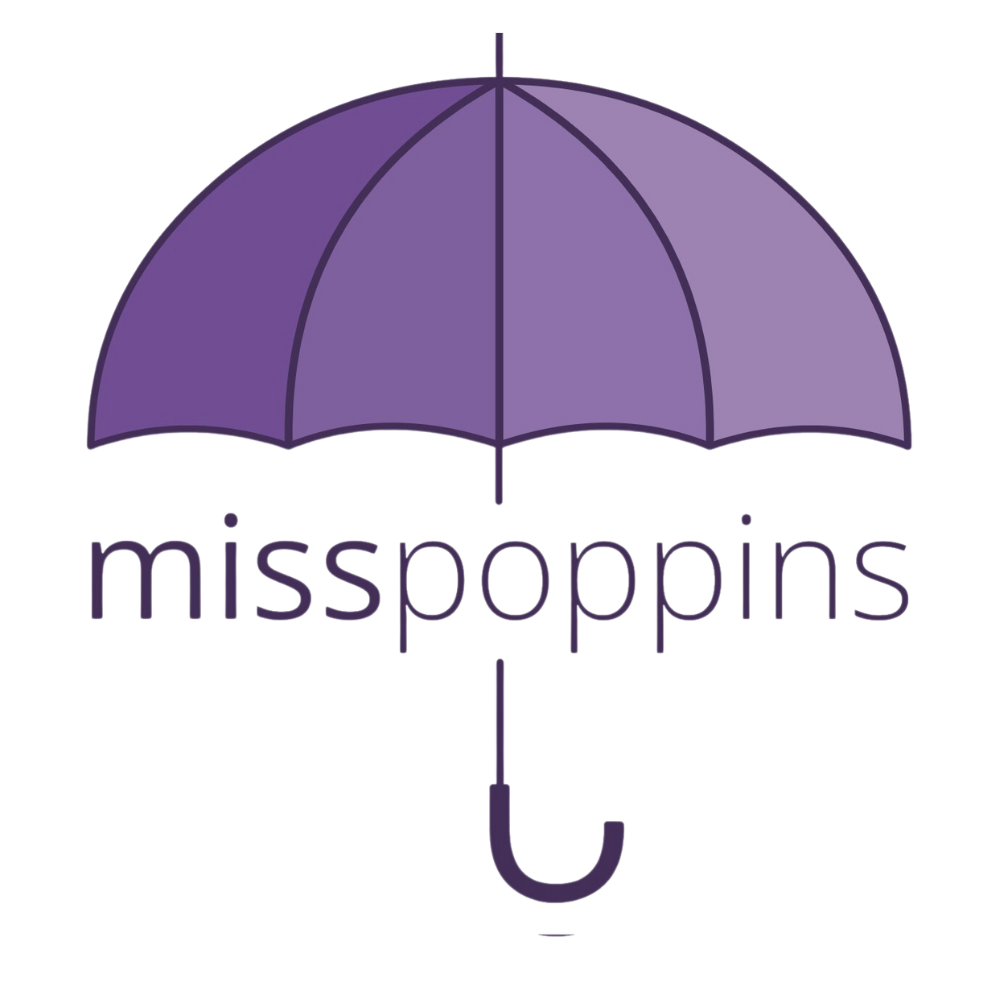Effective Strategies for Dealing with Toddler Tantrums and Meltdowns
Tantrums are a common part of toddler development, representing a child's way of expressing big emotions when they lack the words to communicate effectively. Even highly verbal toddlers can struggle in these moments. Tantrums do not indicate parental failure but rather provide an opportunity to teach children about emotions and coping strategies. Here are some strategies and tools that can help ease tantrums and meltdowns:
Understanding Tantrums
Tantrums are normal as toddlers learn to navigate their emotions. These outbursts offer a chance to guide children in understanding and managing their feelings.
Strategies and Tools
A Time Timer
Description: A visual time counter helps toddlers see how much time remains before transitioning to another activity, which can be beneficial for those who struggle with changes in routine.
Usage: Set the timer for activities like bedtime, bath time, or ending playtime to prepare children for upcoming transitions.
Weighted Blanket
Description: Weighted blankets provide gentle pressure that can help reduce anxiety and agitation, promoting calmness during tantrums.
Usage: Use the blanket to offer comfort and soothing pressure during or after a tantrum.
Bubbles
Description: Bubbles offer visual stimulation and can serve as a distraction, encouraging deep breathing and calming heightened senses.
Usage: Blow bubbles to divert attention and encourage slow, calm breathing. Ensure bubbles are not blown directly into anyone’s face.
Squeeze Balls
Description: Squeeze balls allow children to express frustration through squeezing, which can be a healthier outlet for their emotions.
Usage: Provide squeeze balls during or after tantrums to help release pent-up emotions. Supervise their use to avoid potential accidents.
Music
Description: Classical music or fun songs can have soothing effects and assist in transitioning toddlers to new activities or routines.
Usage: Play calming music softly during a tantrum, gradually increasing the volume to capture the child's attention. Dance parties can also be a fun way to transition and lift spirits after a tantrum.
Conclusion
These strategies can aid in managing toddler tantrums and support emotional development. As children grow, adapting these techniques for different developmental stages can continue to provide comfort and support. When all else fails, putting on favorite songs and dancing can offer a joyful way to handle emotions and create positive experiences. While these techniques can be helpful, always consult with your pediatrician for personalized guidance. For more details, refer to our MissPoppins Medical Waiver. While these techniques can be helpful, always consult with your pediatrician for personalized guidance. For more details, refer to our MissPoppins Medical Waiver.

